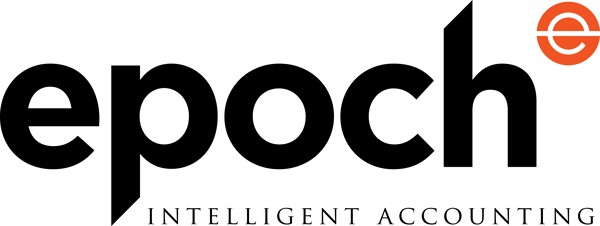
As anticipated, the Budget celebrated the surplus with a $19.5bn package of personal income tax cuts for Australian residents. This package revises the legislated seven year income tax plan.
The personal tax changes mean a tax saving of $855 for someone on an annual taxable income of $45,000 per annum until 2022, then $1,080 until 2024 onwards (check the tax relief calculator).
|
|
Tax thresholds |
|
|
|
Tax rate |
From 1 July 2018 |
From 1 July 2022 |
From 1 July 2024 |
|
0% |
$0 – $18,200 |
$0 – $18,200 |
$0 – $18,200 |
|
19% |
$18,201 – $37,000 |
$18,201 – $45,000 |
$18,201 – $45,000 |
|
30% |
|
|
$45,001 – $200,000 |
|
32.5% |
$37,001 – $90,000 |
$45,001 – $120,000 |
|
|
37% |
$90,001 – $180,000 |
$120,001 – $180,000 |
– |
|
45% |
>$180,000 |
>$180,000 |
>$200,000 |
|
LMITO |
Up to $1,080 |
|
|
|
LITO |
Up to $445 |
Up to $700 |
Up to $700 |
This round of tax cuts:
- Increases the top threshold of the 19% personal income tax bracket to $45,000 from 1 July 2022
- Reduces the 32.5% marginal tax rate to 30% from 1 July 2024-25
Low and middle income tax offset (LMITO) increased
|
Date of effect |
2018-19 until 2021-22 |
The low and middle income tax offset (LMITO) will increase from a maximum amount of $530 to $1,080 per annum and the base amount will increase from $200 to $255 per annum.
The LMITO will provide a reduction in tax of up to $255 for taxpayers with a taxable income of $37,000 or less. Between taxable incomes of $37,000 and $48,000, the value of the offset will increase at a rate of 7.5 cents per dollar to the maximum offset of $1,080. Taxpayers with taxable incomes between $48,000 and $90,000 will be eligible for the maximum offset of $1,080. From taxable incomes of $90,000 to $126,000 the offset will phase out at a rate of 3 cents per dollar.
The LMITO is received after you have lodged your tax return.
Low income tax offset (LITO) increased
|
Date of effect |
1 July 2022 |
From 1 July 2022, the Government will increase the low income tax offset (LITO) from $645 as legislated, to $700. The increased LITO will be withdrawn at a rate of 5 cents per dollar between taxable incomes of $37,500 and $45,000, instead of at 6.5 cents per dollar between taxable incomes of $37,000 and $41,000 as previously legislated under the plan. LITO will then be withdrawn at a rate of 1.5 cents per dollar between taxable incomes of $45,000 and $66,667.
One-off energy assistance payments
|
Date of effect |
Eligibility based on status on 2 April 2019 |
As previously announced, the Government will make a one-off payment to certain individuals to assist with paying energy bills and meet cost of living expenses. The payment will be exempt from tax and will be $75 for singles and $62.50 for each member of a couple.
The payments will be made to residents of Australia who are eligible for the following qualifying payments on 2 April 2019:
- Age Pension,
- Carer Payment,
- Disability Support Pension,
- Parenting Payment Single,
- Veterans’ Service Pension and the Veterans’ Income Support Supplement,
- Veterans’ disability payments,
- War Widow(er)s Pension, and
- Permanent impairment payments under the Military Rehabilitation and Compensation Act 2004 (including dependent partners) and the Safety, Rehabilitation and Compensation Act 1988.
More information
Medicare levy thresholds increased
|
Date of effect |
2018-19 |
The Medicare levy low income thresholds for singles, families, and seniors and pensioners will increase from the 2018-19 income year.
|
Thresholds |
Current |
Proposed |
|
Singles |
$21,980 |
$22,398 |
|
Family |
$37,089 |
$37,794 |
|
Single seniors and pensioners |
$34,758 |
$35,418 |
|
Family seniors and pensioners |
$48,385 |
$49,304 |
|
Dependent child or student |
$3,406 |
$3,471 |
More information
Higher Education Loan Program cost recovery program delayed
Changes to the Higher Education Loan Program (HELP) set to commence from 1 January 2019, will now take effect from 1 January 2020.
The changes introduce a lifetime cap to prevent students who repeat courses or continually enrol in new courses from accumulating public debt with little hope of repaying the debt in their lifetime. The combined loan limit caps how much students can borrow under HELP to cover their tuition fees. The combined limit is $150,000 for students studying medicine, dentistry and veterinary science courses, and $104,440 for other students.
Director
